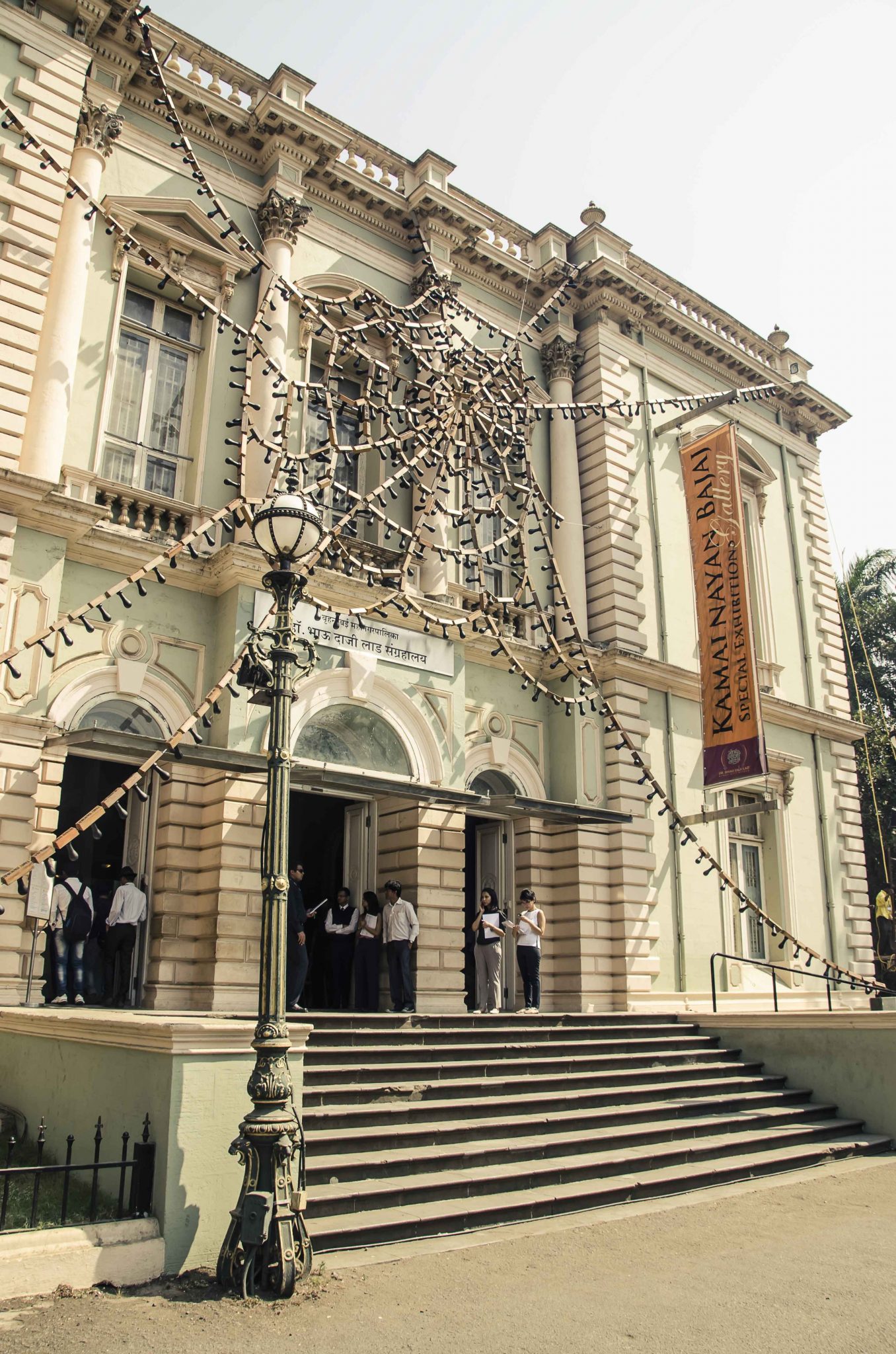It is said that one cannot spend time in India without being profoundly changed (a point most famously attested to by the Beatles’ conversion from cheeky Liverpudlian lads looking for a good time to LSD-addled wannabe-mystics, though the jury is still out on whether that was Sai Baba’s or Yoko Ono’s fault).
With this in mind, on my recent first visit to the world’s largest democracy – to Mumbai for just three days – I initially braced myself for some kind of immediate kundalini experience or third-eye awakening. As it was, I passed the first evening watching fellow Italian journalists – who had travelled with me from Rome and Milan to cover the launch of the Zegnart Public/India project – try to order nonspicy food in a curry house. The waiter produced milder and milder chicken dishes until, exasperated, he finally offered an improvised skewer of unseasoned, unspiced oven-baked chicken, which he served with a wry smile. The verdict among my Italian colleagues was nearly unanimous: by far the best dish of the night!
This was just one of many interactions between widely different cultures that I witnessed in India’s most populous city. Zegnart’s ambitious project in itself presented a coming together of profoundly diverse entities. Zegnart is an extension of the activities of Fondazione Zegna, a charitable foundation that is itself linked to Ermenegildo Zegna, a family-run high-end Italian fashion house. The Zegnart Public/India project, in turn, is just the start of the wider Zegnart Public project – curated by Cecilia Canziani and Simone Menegoi – which will see public art projects funded in ‘emerging’ nations (up next: Turkey and Brazil).
In India, Zegnart commissioned a new installation by the artist Reena Kallat – following a juried selection process, which included Gildo and Anna Zegna, on behalf of Ermenegildo Zegna Group; Tasneem Zakaria Mehta, Jyotindra Jain and Minal Bajaj on behalf of the Dr Bhau Daji Lad Museum; and Andrea Zegna, project coordinator – located at the front of the Dr Bhau Daji Lad City Museum. The work, Untitled (Cobweb/ Crossings) (2013), comprised a cobweb of chains, upon which large bureaucratic stamps were placed at even intervals, bearing both the colonial and relatively recently changed names of Mumbai’s streets. The work aims at reflecting the internecine nature of Indian bureaucracy as an inheritance of the nation’s colonial past. The streets of Mumbai, as well as the city itself and its institutions have undergone since 1996 a renaming as part of a process of decolonisation. Yet the close relationship with the West has continued, and it is via open commerce on equal terms that India – a rapidly developing nation – is linked to the developed world. And while ‘equal’ may not be an entirely accurate description in light of the relative uncompetitiveness of the
West vs. East, in cultural terms there is for the moment a great deal of reciprocity.
For example, as Europe moves rapidly to the right, with a diminished role for the state apart from supporting finance and industry – witness the appalling cuts in welfare that went into effect in Britain on 1 April and the simultaneous scrapping of the 50 percent tax rate – the attitude of emerging economies towards the role of the state will be crucial to shaping the world we live in.
In this respect the most radical aspect of the Zegnart Public/India project resides in its being the first ever public–private funded arts initiative in India; in Italy arts institutions can barely survive without private funding. In October, as part of the Zegnart Public/India project, Sahej Rahal will start a residency at the MACRO museum, Rome, an institution that balances the books using a mixture of sponsorship, ticket sales, donations and – it seems – some type of voodoo, such are the difficulties that the staff and director must overcome.
This is the start of a reciprocal relationship between Italian institutions and emerging-world arts institutions. While it remains unclear who will determine the direction of such collaborations, private foundations and philanthropists are already central to the development of contemporary art worldwide. The smart money, for those who wish to invest in the future of culture, ought to go into research on how to make such private funding initiatives sustainable, in light of the increased burden of responsibility they are liable to shoulder in the coming years due to the probable continued diminution of the state’s contribution. Otherwise the simple intervention of private money into the public realm could risk seeming like a move in support of the privatisation of institutions in the wider political sphere, thus porting a European model to the East.
This article was first published in the May 2013 issue.
